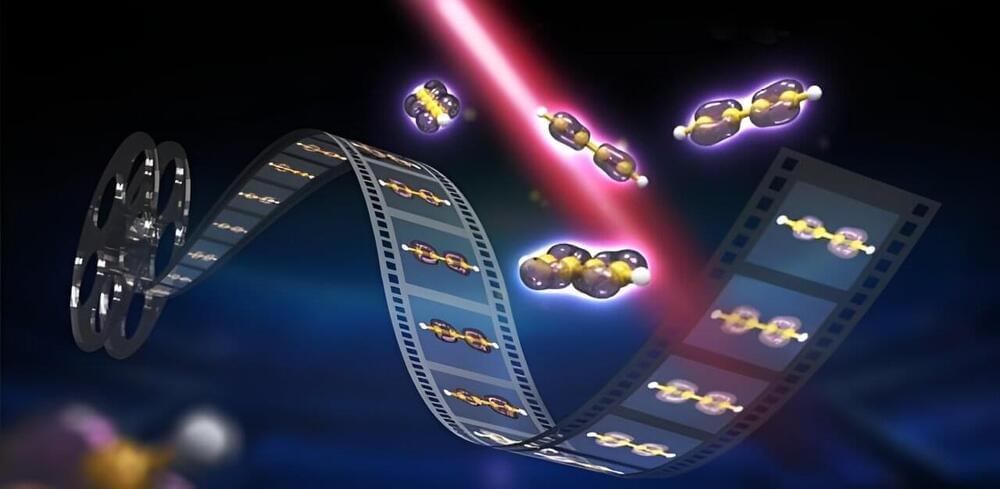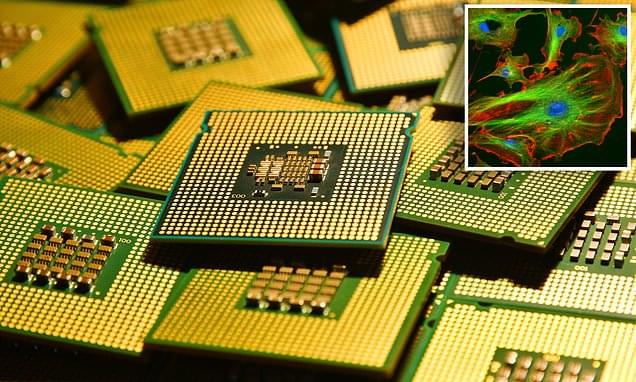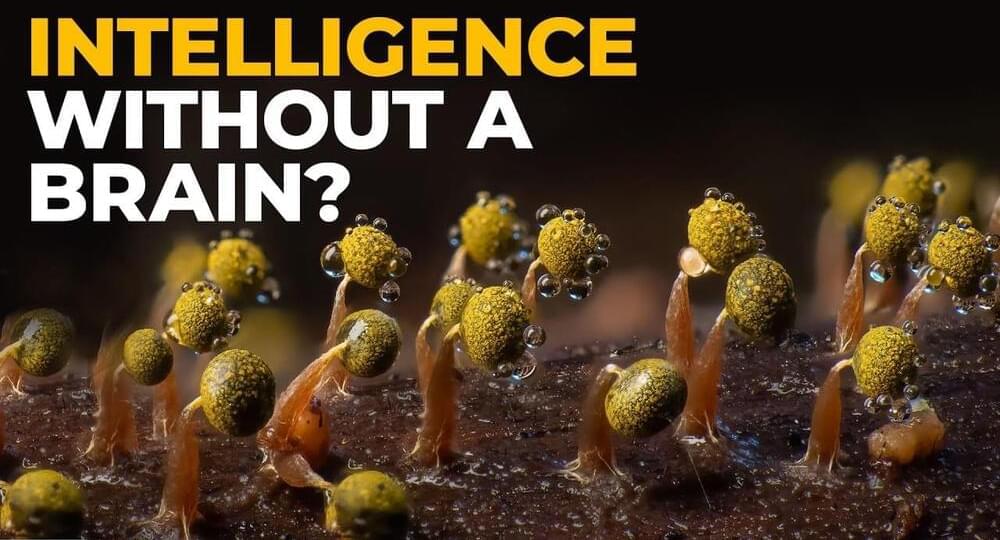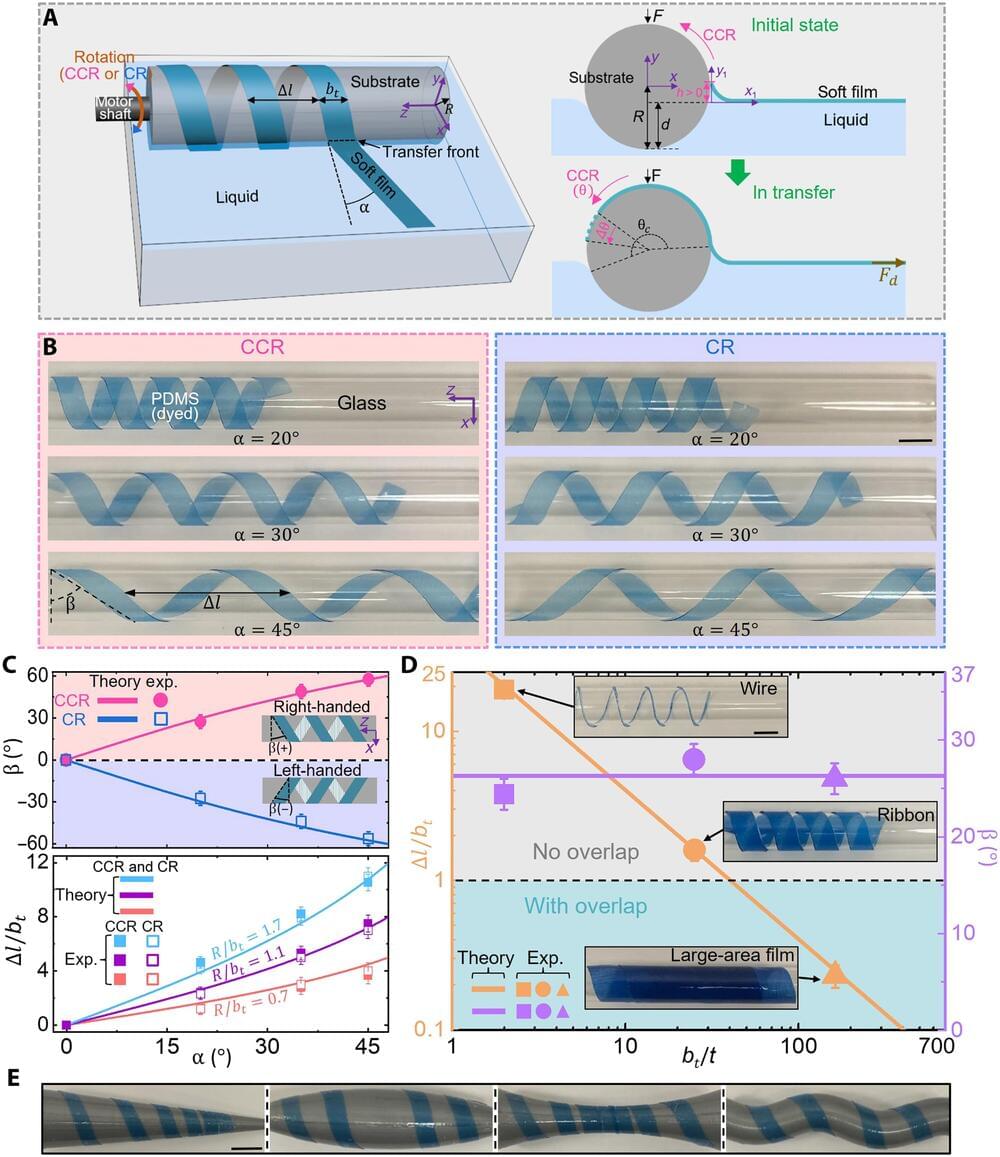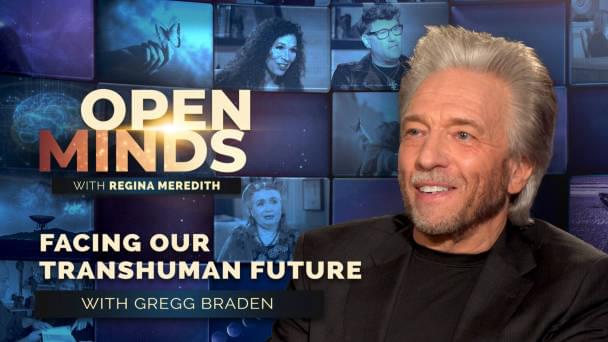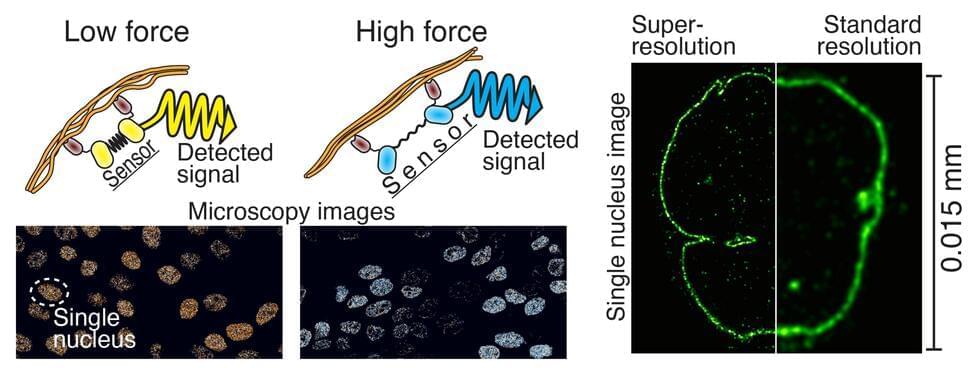Aug 30, 2023
Scientists Have Made a Discovery That Could Change Our Understanding of the Universe
Posted by Jose Ruben Rodriguez Fuentes in categories: biological, chemistry, physics, space
Researchers from Queen Mary University of London have made a discovery that could change our understanding of the universe. In their study published on August 23 in the journal Science Advances.
<em>Science Advances</em> is a peer-reviewed, open-access scientific journal that is published by the American Association for the Advancement of Science (AAAS). It was launched in 2015 and covers a wide range of topics in the natural sciences, including biology, chemistry, earth and environmental sciences, materials science, and physics.

